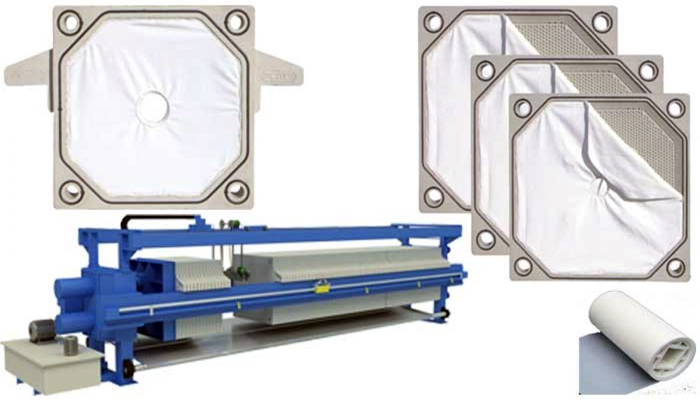Filter press cloth is a crucial component in the production of various textiles, including denim, jeans, and other fabrics. Many companies are searching for the best filter press cloth substitutes.
Types of Filter Press Cloth Substitutes
There are several types of filter press cloth substitutes available in the market, each with its own set of advantages and disadvantages. Some of the most popular substitutes include:
1. Cotton Cloth
Cotton cloth is a popular substitute for filter press cloth due to its softness, breathability, and durability. It is also relatively inexpensive and widely available. However, cotton cloth may not provide the same level of stretch and elasticity as filter press cloth, which can affect the final product’s appearance and performance.
2. Linen Cloth
Linen cloth is another popular substitute for filter press cloth. It is known for its softness, breathability, and durability, making it an ideal choice for garments that require a delicate touch. However, linen cloth may not be as durable as filter press cloth, and it may shrink or lose its shape over time.

3. Microfiber Cloth
Microfiber cloth is a synthetic fabric that is known for its softness, breathability, and durability. It is also lightweight and wrinkle-resistant, making it an ideal choice for garments that require a high level of comfort and style. However, microfiber cloth may not be as warm as a filter press cloth, and it may require additional care to maintain its appearance.
4. Polyester Cloth
Polyester cloth is a synthetic fabric that is known for its durability, wrinkle resistance, and moisture-wicking properties. It is also relatively inexpensive and widely available. However, polyester cloth may not be as soft as a filter press cloth, and it may require additional care to maintain its appearance.
Best Practices for Using Filter Press Cloth Substitutes
When using filter press cloth substitutes, it is important to follow best practices to ensure the highest quality and performance. Some of the key best practices include:
1. Choose the Right Substitute
Selecting the right substitute for filter press cloth is crucial to achieving the desired results. Each substitute has its own set of advantages and disadvantages, so it is important to choose the one that best fits the specific needs of the project.
2. Use the Right Amount
Using the right amount of substitute cloth is essential to achieving the desired results. Overusing or underusing the substitute cloth can affect the final product’s appearance and performance.

3. Monitor the Process
Monitoring the process of using the substitute cloth is crucial to ensuring the highest quality and performance. It is important to closely monitor the process to ensure that the substitute cloth is being used correctly and that the final product meets the desired standards.
4. Test and Evaluate
Testing and evaluating the final product is crucial to ensuring that it meets the desired standards. It is important to thoroughly test the final product to ensure that it performs as expected and that any issues are addressed promptly.
Conclusion
Filter press cloth substitutes are an essential component in the production of various textiles, including denim, jeans, and other fabrics. However, the demand for filter press cloth has been increasing rapidly, leading to shortages and high prices. As a result, many companies are searching for alternatives to filter press cloth that can provide similar results without the high cost and limited availability. By understanding the different types of filter press cloth substitutes available in the market and following best practices for using them, companies can ensure that they are getting the best possible results from their investment.